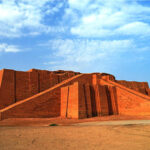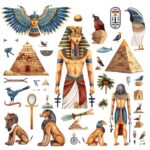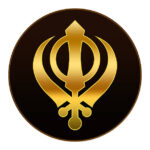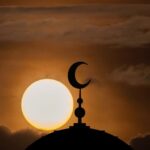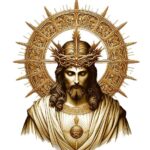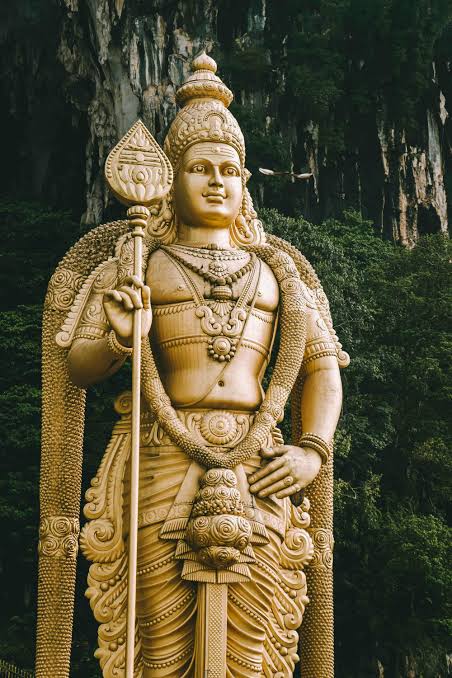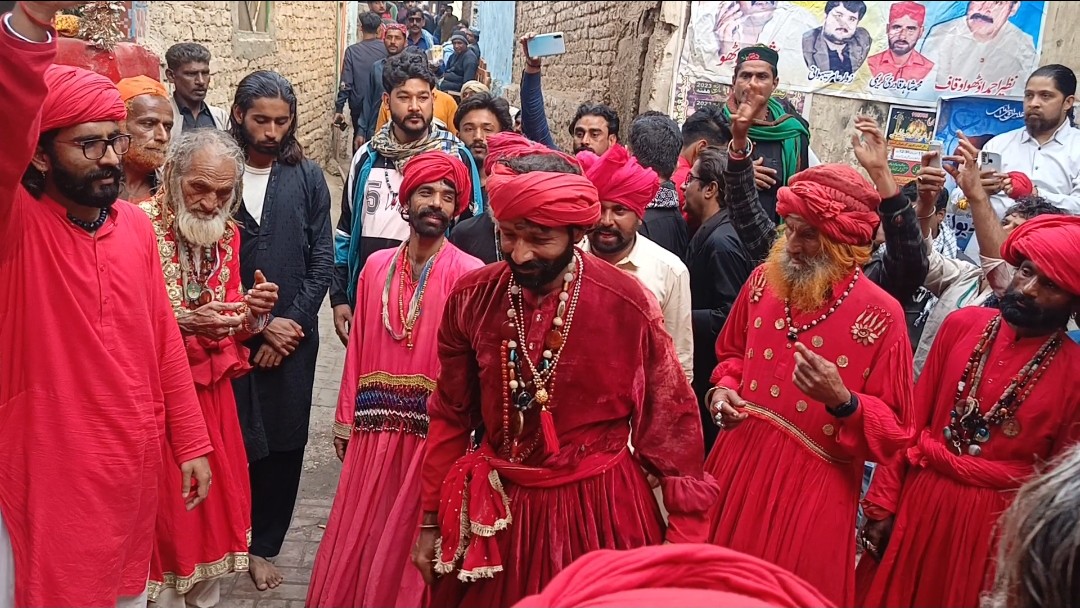For several years, I have visited old temples, mosques, shrines, and fairs in Sindh. In these places, I observed people’s beliefs, rituals, and practices. I recorded them through my personal experience. This journey often gave me answers, yet it also raised new questions. These questions keep me in a constant search for meaning.
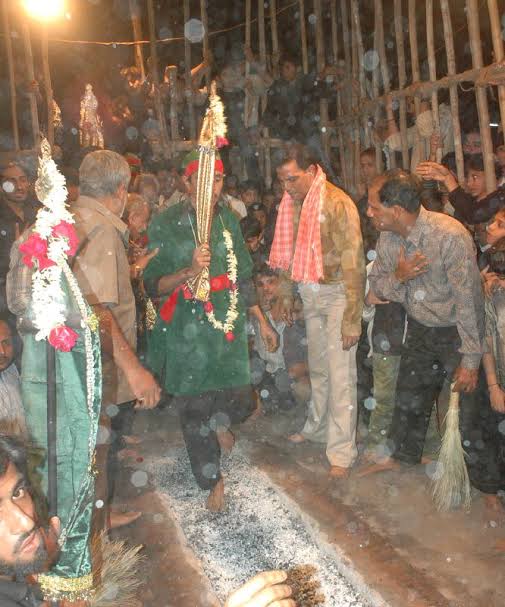
I do not have access to extensive scholarly resources. Nor have I had the opportunity to examine such material in detail. Nevertheless, I continue my efforts within my own capacity. While exploring shrines and sacred sites, I try to uncover the meanings of objects, symbols, and rituals. Some answers appear clearly, while others still remain uncertain.
One notable practice involves the widespread use of peacock feathers. They hold importance in the cultural and religious traditions of Sindh and the Indian subcontinent. At shrines—such as in Sehwan—caretakers place peacock feathers as blessings, protection, or prayers. Similarly, Jain monks carry ceremonial pichchi, fans made of peacock feathers.
___Read influence of history on human Behaviors.
Until recently, I had not found a deity directly linked to the peacock. Readers may already know of one, but here I share my discovery.
In the Indus Civilization, as well as in South Asian religious history, people revered Kartikeya. He was also known as Murugan—the son of Lord Shiva. Within the Dravidian tradition and beyond, followers honored him as a god of war. Artists often depicted Kartikeya carrying a mace-like weapon symbolizing wisdom and intellect. Myths describe him riding on a peacock. Among the deities, devotees regarded him as the foremost warrior god. They also called him the god of victory, using the Sindhi word “Khatt.” Believers invoked him for protection against evil beings, trusting his power over spirits. For instance, in Sindh’s Kachho region, people consider Gaji Shah a saint who protects against jinns.
Worshippers honored Kartikeya not only in the Indian subcontinent but also in the Arab world and Africa. People recognized him under different names and forms. Sometimes devotees worshipped him directly, while other times they used symbols like peacocks or feathers. Even today, caretakers at shrines in Sindh use peacock feathers in rituals of healing and protection. They wave the feathers over devotees to bring comfort and relief.
In West Asia, the Yazidi community and certain Kurdish groups also venerated this deity in their traditions.
For thousands of years, the devotees of Murugan have gathered at sacred sites and pilgrimage routes. They carry his images in processions. As devotion, they walk across fire or press burning flames against their chests and backs. Others strike themselves with chains, maces, and spears. Today, the largest community of Murugan’s followers lives in Tamil Nadu. However, rituals and symbols linked to him still survive in Sindh, India, Iran, and West Asia. These traditions appear in many religions and faith groups, keeping his worship alive.
Some religions and beliefs remain strong for centuries. Even when the source or place of that belief disappears, the idea itself survives in one form or another. The ancient faith of Animism carries traditions that are thousands of years old, yet many of its ideas still exist in modern religions.
Hinduism is one of the world’s oldest belief systems. Many of its concepts are found across other religions, even in faiths that came later and positioned themselves against Hindu thought. The influence of Hindu beliefs spread from India to China, across Arabia, and reached as far as Greece. Along the way, these ideas shaped cultures and left a lasting impact on human history.
Writer: GM Leghari

